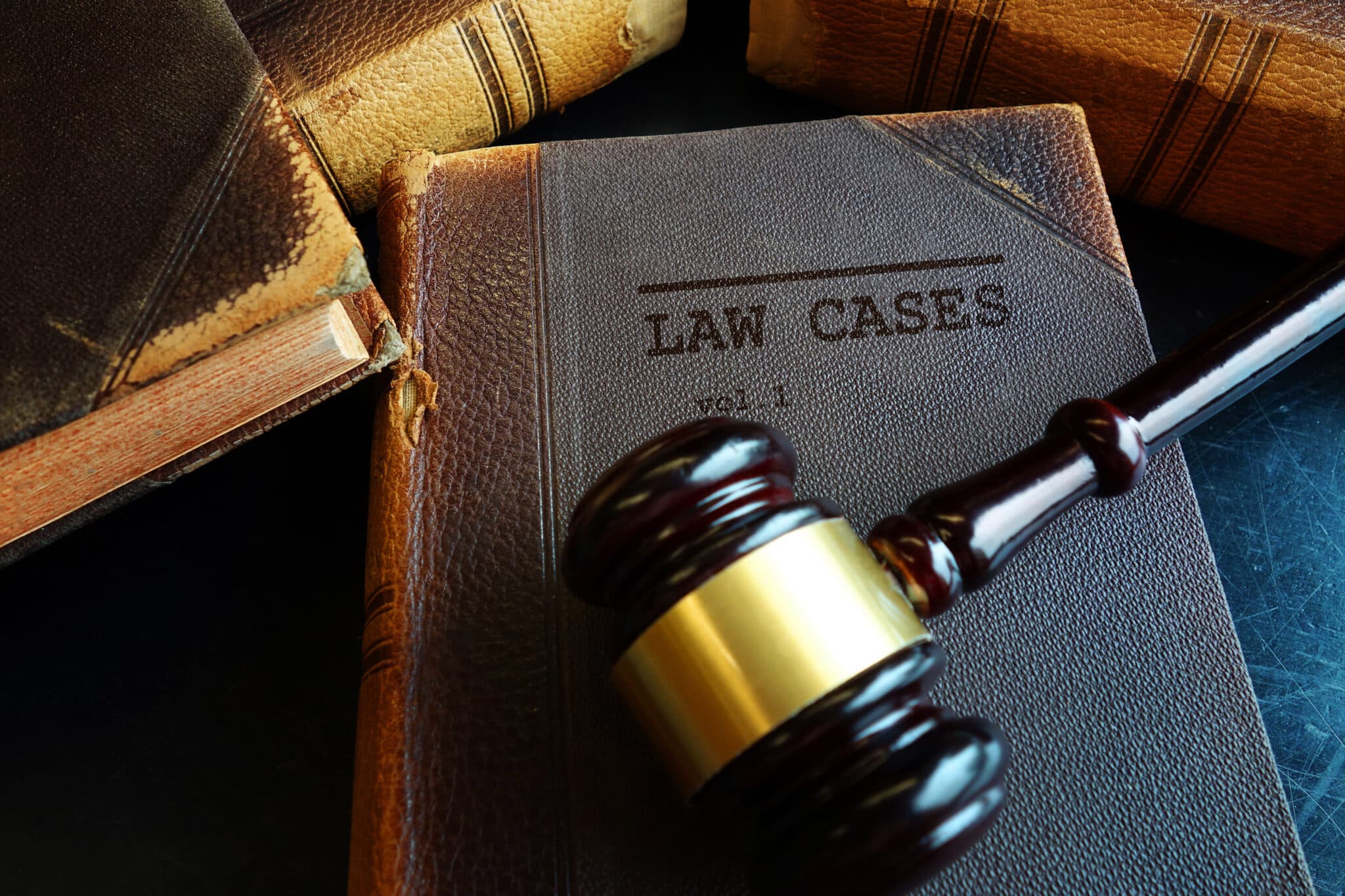Experienced Federal Appeal Attorneys: Proficient Depiction for Facility Instances
Experienced Federal Appeal Attorneys: Proficient Depiction for Facility Instances
Blog Article
Debunking the Refine of Federal Appeals: What You Required to Know
Navigating the complex world of government allures can frequently seem like going across undiscovered waters for those unfamiliar with the process. Understanding the subtleties of appellate court territory, the details of filing a notice of appeal, providing a compelling short, and making a convincing dental disagreement are essential parts that can significantly impact the outcome of a case. By deciphering the layers of complexity surrounding federal allures, people can obtain a more clear understanding right into the devices that regulate this critical point of the lawful system.
Recognizing Federal Appeals Refine
Diving right into the complex realm of the federal appeals procedure introduces a methodical and structured trip via the judicial system. Federal charms function as an important system for evaluating decisions made by reduced courts. Recognizing this process is important for anyone associated with lawful procedures at the federal degree.
The procedure usually begins with an event disappointed with a lower court's judgment submitting a notice of allure. This activates an evaluation by a higher court, where a panel of courts evaluates the legal debates provided by both parties. Briefs laying out the legal thinking behind each celebration's position are sent, and dental debates may be heard to make clear complicated issues.
The appellate court's choice is based on a comprehensive exam of the lower court's procedures and the disagreements offered. Once the appellate court reaches a choice, it can verify, turn around, remand, or change the reduced court's judgment, offering clarity and finality to the lawful disagreement.
Appellate Court Territory Clarified
Appellate court territory refers to the scope of instances that a particular appellate court has the power to assess and choose upon. Unlike trial courts that listen to cases for the very first time, appellate courts are restricted to examining decisions made by reduced courts.
Appellate courts have territory over certain kinds of situations, typically those including lawful errors, procedural concerns, or questions of legislation as opposed to accurate disagreements. The jurisdiction of appellate courts is normally outlined in statutes and regulations that govern the court system. Recognizing appellate court jurisdiction is important for events associated with the charms procedure as it determines whether a situation is qualified for testimonial and the extent to which the appellate court can intervene in the reduced court's choice.
Filing a Notice of Charm
The first action in starting the federal appeals process includes submitting a Notification of Appeal with the suitable appellate court. This vital record officially notifies the court and the other parties included in the situation that the appealing celebration plans to look for a testimonial of the reduced court's choice. Filing a Notice of Appeal is a strict procedural requirement that sets the appellate process moving.
When preparing the Notice of Appeal, it is vital to make sure compliance with the certain regulations and standards of the pertinent appellate court. federal appeal attorneys. The file should usually include info such as the instance name, the reduced court's name, the date of the judgment being appealed, and a concise statement indicating the premises for the allure

Briefing and Dental Argument
In the appellate procedure, presenting composed briefs and participating in oral debates play critical duties in advocating for the appealing event's position prior to the appellate court. Briefs are thorough legal records that lay out the celebrations' debates, legal authorities, and analysis sustaining their placements. These composed entries provide the court with a comprehensive understanding of the realities of the case, the appropriate regulation, and why the appealing party believes the lower court's choice need to be reversed.
Adhering to the entry and review of the briefs, oral disagreements supply the parties an opportunity to additional clarify their placements, resolve any concerns the appellate judges might have, and emphasize bottom lines from their written briefs. Oral disagreements are a possibility for the lawyers to encourage the courts through verbal advocacy and responses to inquiries from the bench.
Both the written briefs and oral disagreements are vital parts of the appellate procedure, permitting celebrations to provide their instance thoroughly and compellingly before the appellate court. - federal crime lawyer
Obtaining the Appellate Court Choice
Upon conclusion of dental debates and entry of created briefs, the following crucial stage in the appellate procedure includes awaiting the decisive ruling from the appellate court. This period of expectancy can be loaded with a mix of anxiousness and wish for events associated with the charm. The appellate court's decision is usually provided in a written format and outlines the court's verdicts on the lawful problems presented, the reasoning behind their choice, and the judgment made. The time frame for obtaining the appellate court's choice can vary, but courts make every effort to give timely resolutions. Once the choice is provided, celebrations must carefully assess the court's ruling to understand the end result and figure out any further actions that may be essential. Whether the appellate court verifies, reverses, or remands the reduced court's decision, understanding the effects of the ruling is crucial for all celebrations associated with the appellate procedure. As a result, promptly assessing and comprehending the appellate court's choice is essential in browsing the next actions in the legal process.
Conclusion
Recognizing the appellate court territory, submitting a notification of allure, preparing briefs, and presenting oral arguments are all vital components of this procedure. Eventually, receiving the appellate court decision can offer clarity and resolution to legal disputes.
As we progress from understanding the government allures procedure to exploring the ins and outs of appellate court territory, an essential element comes to light concerning the authority and limits of these higher courts in the legal landscape. Appellate court territory refers to the range of situations that a specific appellate court has the power to evaluate and decide upon. Unlike test courts that hear cases for the first time, appellate courts are restricted to examining decisions made by lower courts. Recognizing appellate court territory is important for celebrations involved use this link in the appeals procedure as it identifies whether a case is qualified for evaluation and the extent to which the appellate court can interfere in the lower court's decision.

Report this page